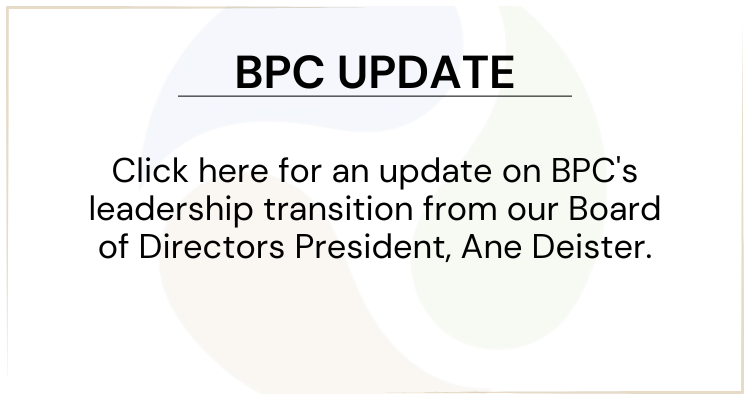US Outlook Report: The Fed’s FOMC Talks Exit Strategy in April
Monetary normalization was front and center in the April FOMC minutes. The FOMC discussed four policy tools for raising and controlling short-term interest rates when it comes time to tighten policy: interest paid on excess reserves, fixed rate overnight reverse repos, term reverse repos, and the term deposit facility. Notably, there was no mention this time of selling assets on the Fed’s balance sheet; a policy tool that was once on the list, but has gone out of favor at the Fed.
Discussions centered on each tools impact on a number of dimensions, including the degree of control of short-term interest rates, impact on the Fed balance sheet, impact on Fed remittances to the Treasury, the impact on the fed funds market, and implications for financial stability. It is clear the FOMC is still debating the right mix of these policy tools. The minutes stated that the FOMC should “consider a range of options” and be “prepared to adjust the mix” on the fly since they have never tried to unwind and manage such a large balance sheet before. In other words, they are not exactly sure how this is all going to work.
Past discussions of exit policy tools have emphasized using the interest rate on excess reserves as the primary tool. The plan is that as the Fed increases the Fed funds target rate it will first raise the interest rate on excess reserves.
The FOMC needs to control the release of those excess reserves and slowly shrink the amount of excess reserves in the banking system as the economy normalizes without generating faster inflation or deflationary pressures. A feat that is easier said than done.
The April minutes seem to give each of the four monetary policy tools in the Fed’s toolkit more equal billing than I have seen in the past.
Early communication of the FOMC game plan as it approaches the policy exit will help the market digest the change in stance without adverse disruptions due to uncertainty and lack of credibility.
On that score, the FOMC gave itself a To Do list. Some FOMC members thought they should clarify the reasoning underlying the FOMC statement that “…even after employment and inflation are near mandated-consistent levels, economic conditions may, for some time, warrant keeping the target fed funds rate below levels the Committee views as normal in the longer-run…”
The Fed funds futures market has scaled back expectations around the pace of Fed tightening and the endpoint of the Fed funds rate once monetary policy is normalized due in part to this statement. Expectations had been that the Fed funds rate would eventually rise to around 4.0 percent. But if U.S. potential growth has been permanently diminished, the endpoint on the Fed funds rate could remain a bit lower. The Fed funds futures thinks that lower rate could be closer to 3.5 percent. I am doubtful the futures markets have it right. The market’s current expectations are well below the Fed’s own median forecast of the Fed funds target rate over the next two years.
Also a number FOMC members want to provide additional information regarding how long the Committee would continue its policy of rolling over maturing Treasury securities and reinvesting the principal payments on all agency debt and agency mortgage backed securities. In the past, the Fed has hinted that it would stop rolling over and reinvesting Treasury and agency debt, well before it began hiking interest rates. The timing of this has important implications, since the end of rolling over the debt would start to shrink the Fed’s balance sheet.
My expectation is that the Fed would want to stop rolling over the debt at the same time it begins raising short-term interests. But there remains much uncertainty, so let’s hope the Fed clearly communicates its intentions on this at the next FOMC meeting in June.
To find out more about the Fed’s exit strategy and implications for interest rates and the economy, check out this week’s Bank of the West US Outlook Report for May 23, 2014.
Tags: economy


